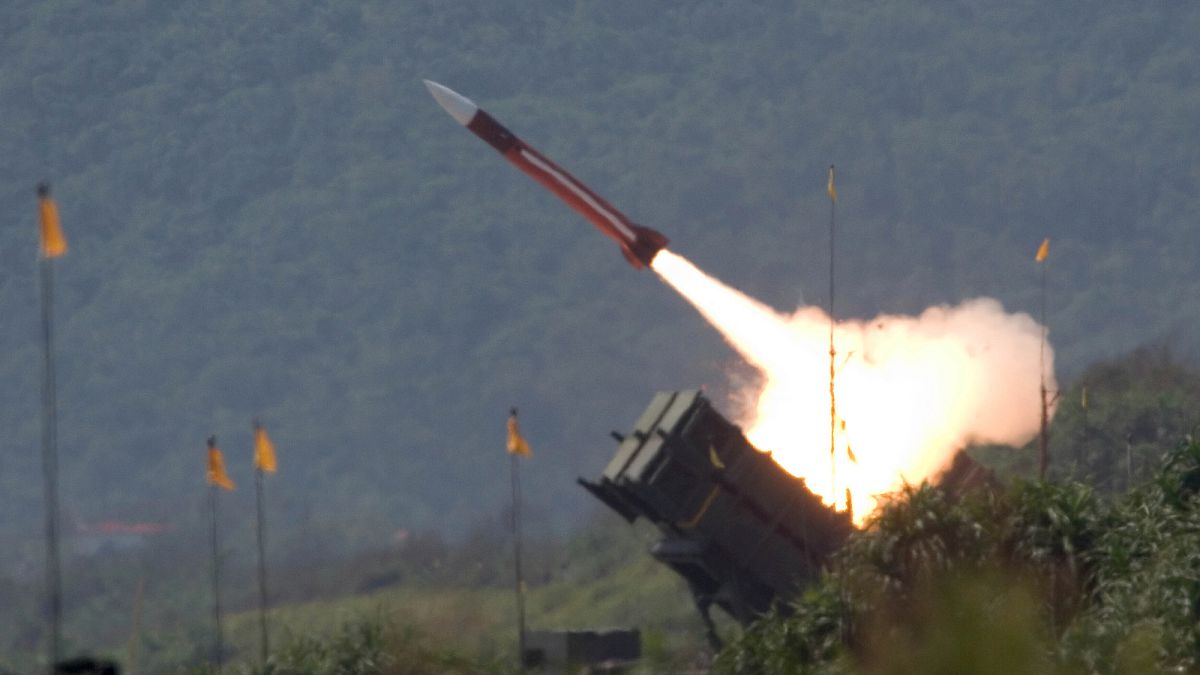

In a development marking a renewed phase of U.S. involvement with Ukraine, it has been announced that the United States will resume its supply of weapons to Kyiv. This decision arrives just two weeks after military aid had been put on hold due to reported low stockpiles. The resumption marks a significant pivot as the U.S. continues to extend its support amidst ongoing geopolitical tensions in Eastern Europe.
The newly finalized arms deal aims to bolster Ukraine’s defense capabilities amid ongoing destabilization concerns. Though details of the specific weapons and military assets are yet to be fully disclosed, the deal is seen as pivotal to Kyiv’s strategic planning and operational readiness. This move underscores a deepening of defense ties and promises an infusion of critical resources to support Ukraine’s sovereignty and regional stability.
While fiscal considerations are always at the forefront of international support agreements, current channels of funding indicate a balanced approach involving contributions from allied nations and potentially shared financial responsibilities within the coalition of supporting countries. This collaborative effort ensures the continuity of vital support while promoting a sustainable financial model for ongoing assistance to Ukraine.
Simultaneously, in another shift with significant global economic ramifications, Nvidia has received approval to recommence exporting H20 chips to China. This marks a reversal from earlier decisions by the U.S. government, which had initially imposed a ban on the sale of these advanced semiconductor technologies to China back in April. Such export approvals are indicative of a nuanced trade policy, attempting to balance national security concerns with economic imperatives.
Nvidia’s cutting-edge H20 chips are integral to a broad array of technologies spanning artificial intelligence, machine learning, and other data-intensive applications. The reinstatement of sales to China is not just a boon for Nvidia’s business, but it reopens a vital technological conduit between the two largest economies in the world. These chips are expected to aid in projects ranging from smart infrastructure to cloud computing expansions within China, suggesting a re-invigoration of cross-border technological endeavors.
As the geopolitical landscape continues to evolve, these decisions collectively highlight an adaptive strategy by the U.S. to navigate international relations along strategic and economic axes. While the resumption of arms to Ukraine demonstrates a commitment to regional stability, the approval for Nvidia’s exports reflects a balancing act of economic engagement and technological diplomacy with China.
These recalibrations in policy showcase a mindful approach to international engagement, where dialogue, mutual prosperity, and regional security are pursued through considered actions and partnerships. As these developments unfold, they embody the ongoing narrative of a world interconnected through shared interests and collective resilience amidst change.
Source: {link}
